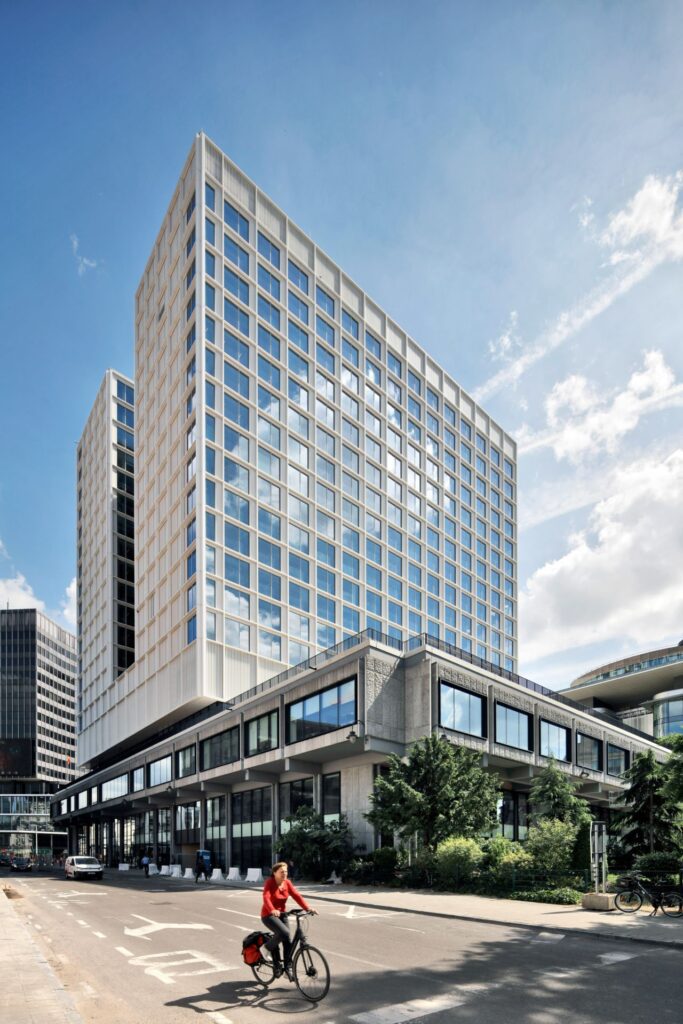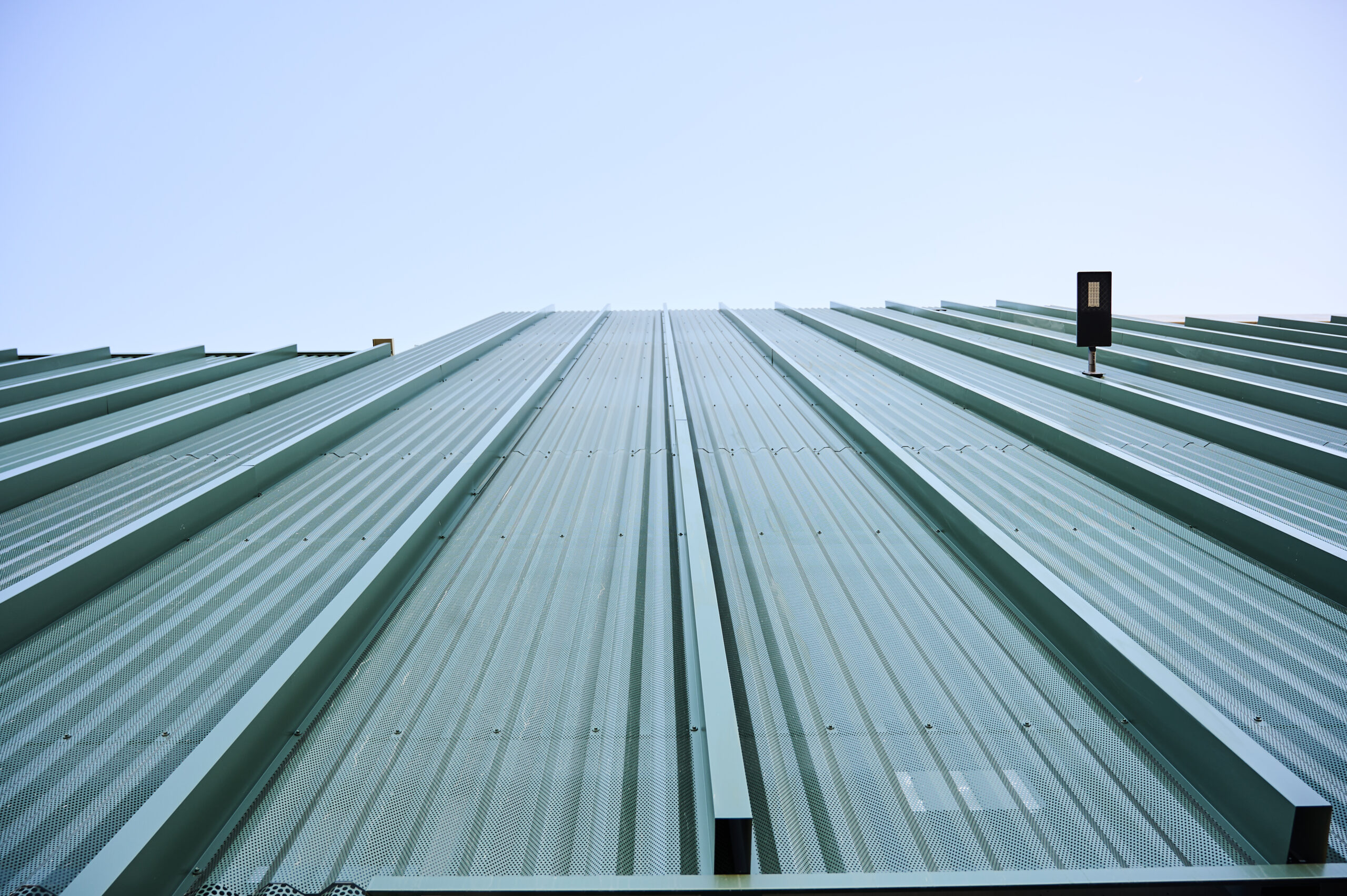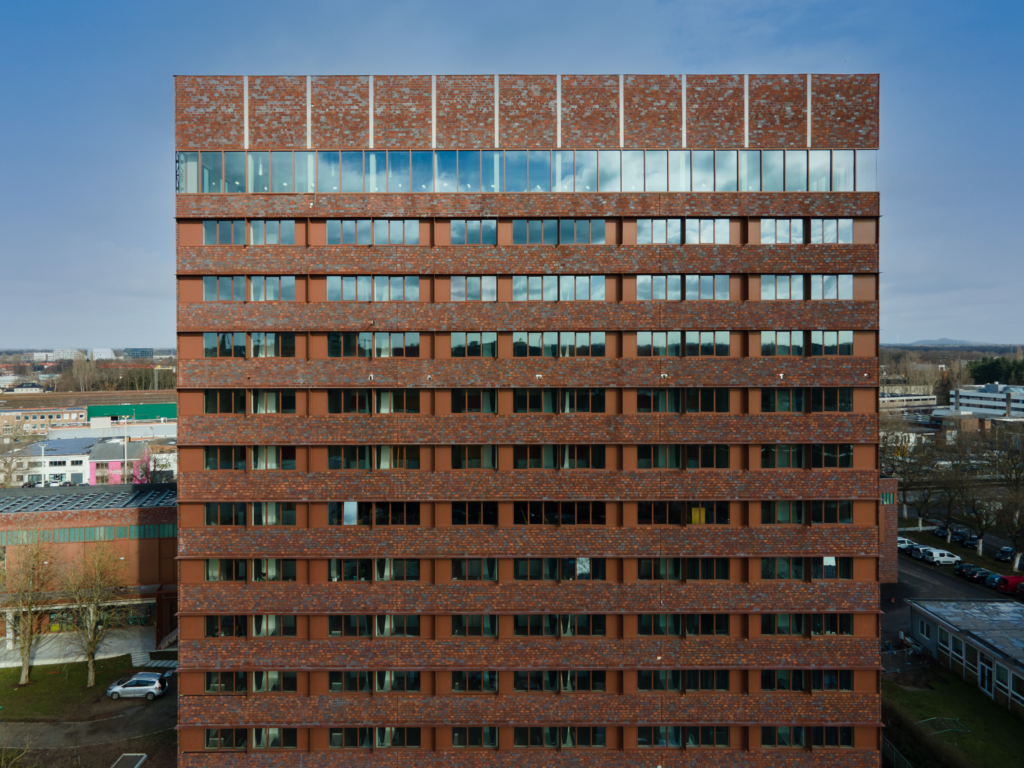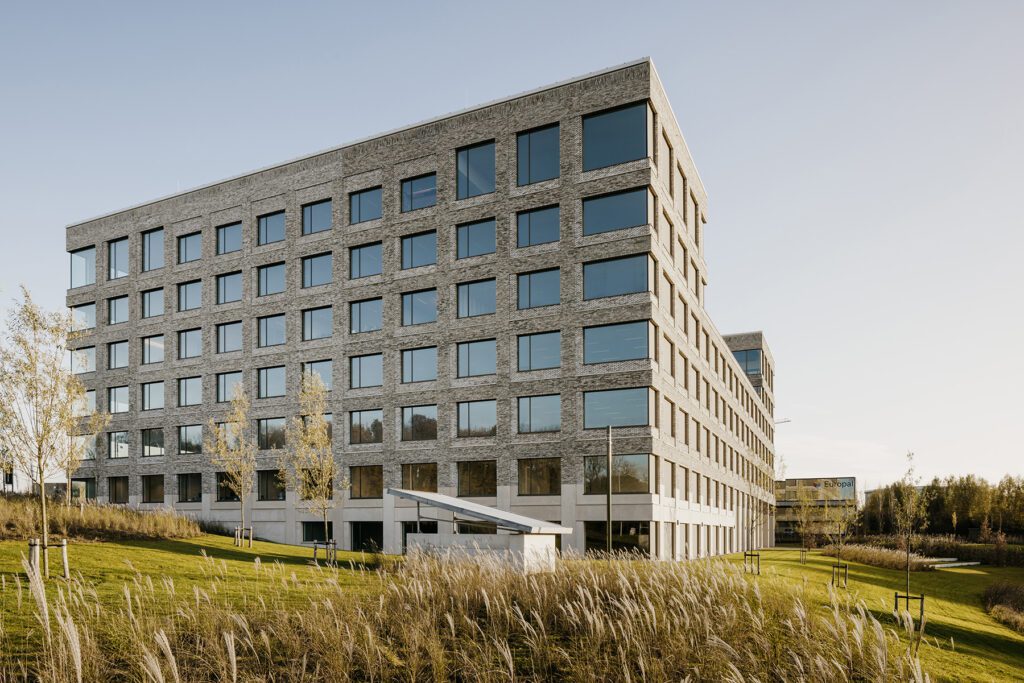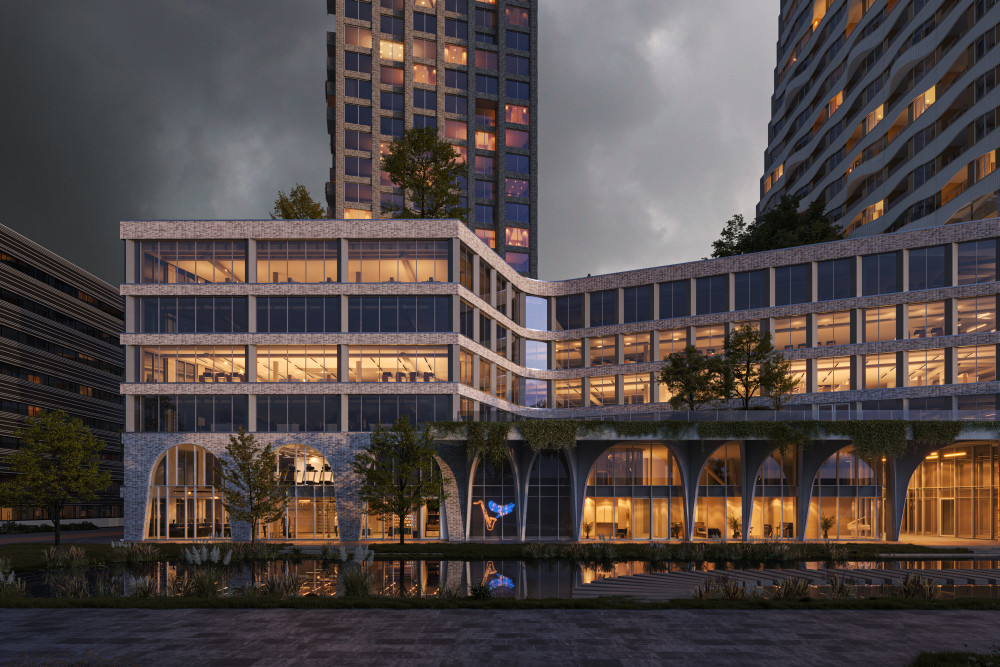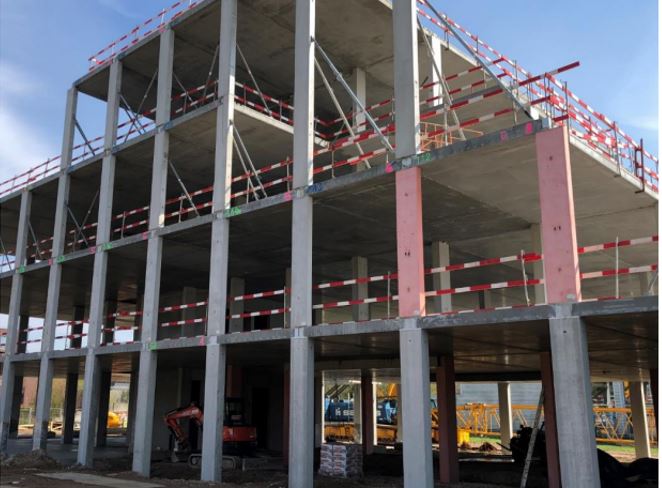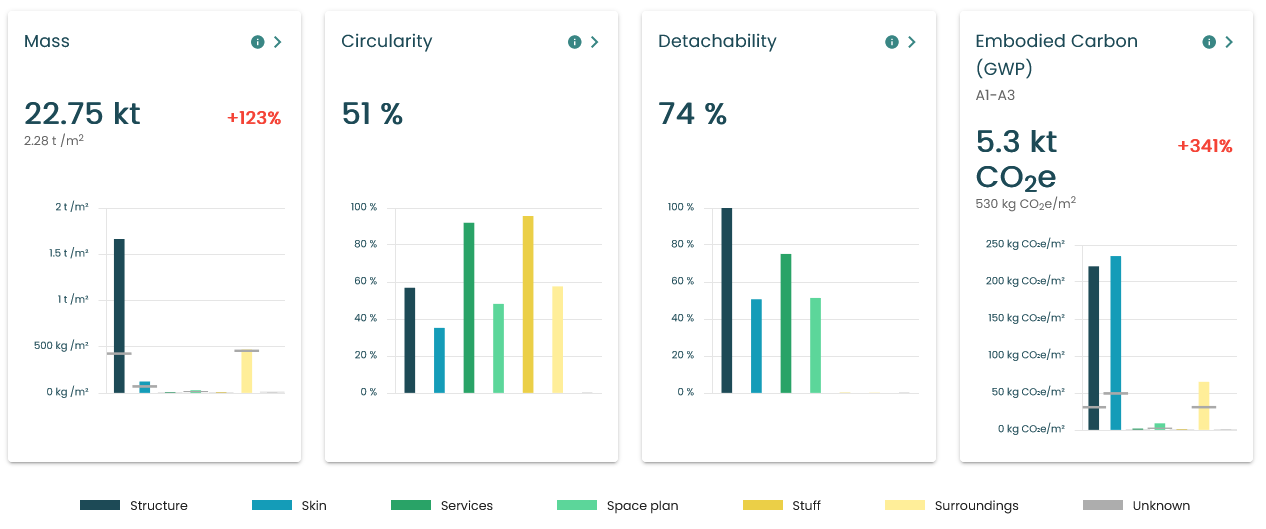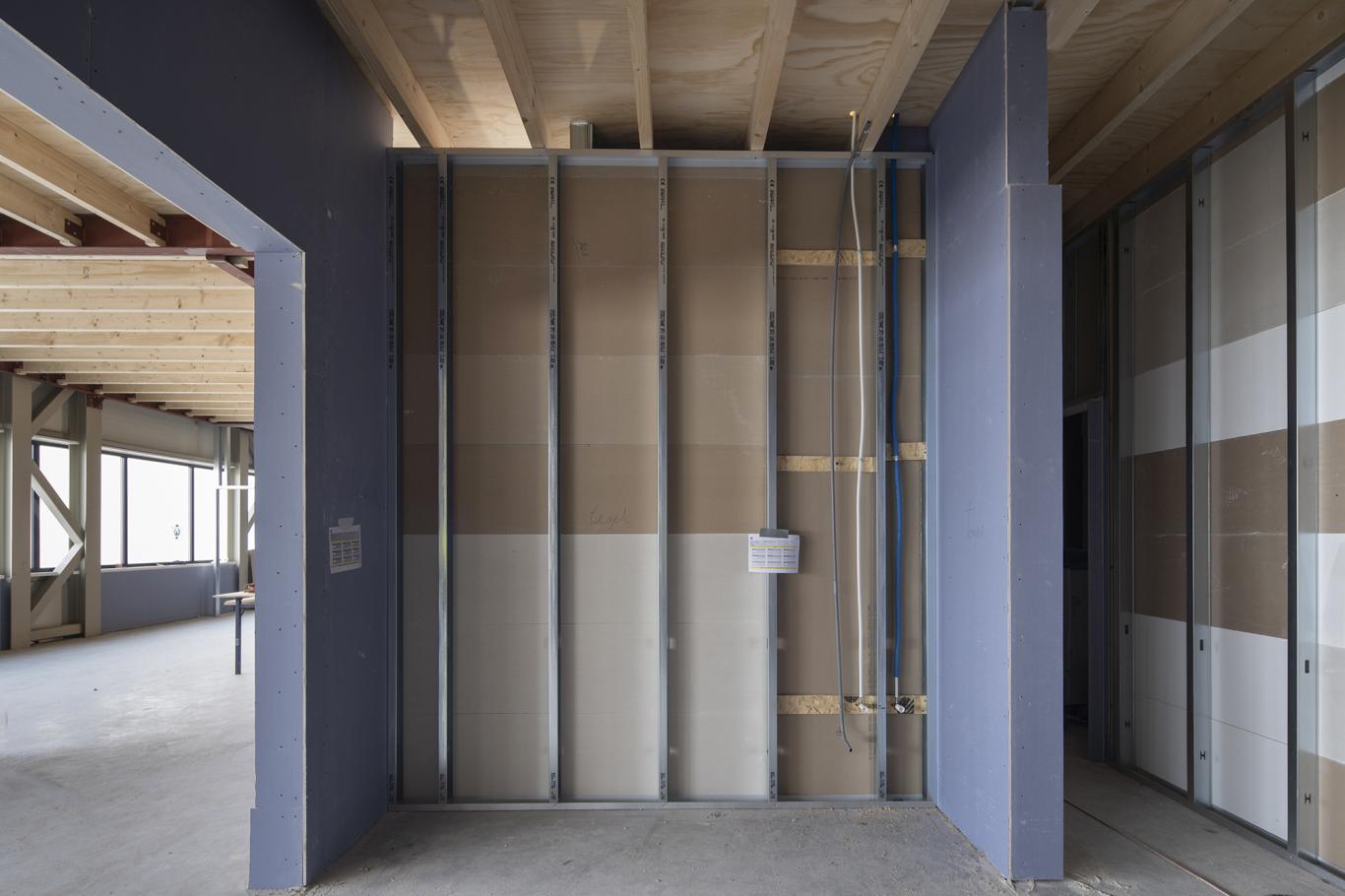1000 m² plasterboards get a second life in project UBQ
For our client UBQ, Cordeel Nederland is converting an existing hall into a new factory in Bergen op Zoom. UBQ has developed a process to convert previously non-recyclable household waste into a bio-based thermoplastic composite as a replacement for fossil-based plastics and needed to expand their production.
We proactively analysed which materials could be reused in the project. In collaboration with our subcontractor Van de Wiel Complete Afbouw and the producer Knauf we chose for plasterboards.
Our impact was significant: we reused approximately 1,000 m² of plasterboards originating from renovations and cut to shape for a second life.
